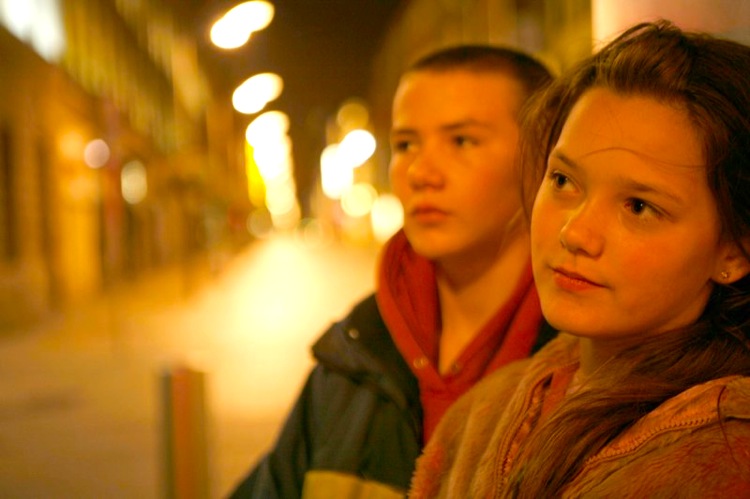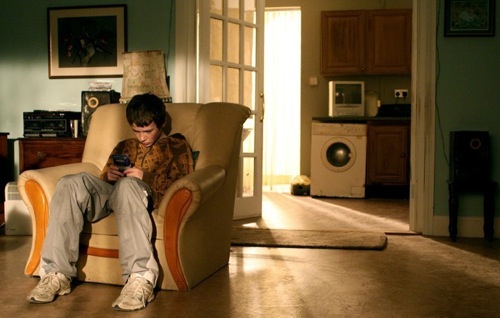
By Jason Apuzzo. • Angelina Jolie premiered Salt in Tokyo yesterday, as her world tour of the film continues. I’m not trying to turn LFM into a Jolie fansite, but she’s making that awfully difficult. [Re: the picture to the left … I’m still wondering why they couldn’t dress her like this in the film, even for one scene!] In other Salt news, producer Lorenzo di Bonaventura does an interesting interview about the film and his many other projects today. He might be the hottest producer currently working in Hollywood.
• Did you know that Vaclav Havel is directing a film? [All he ever wanted to do was direct!] The name of the film is Leaving, an indie production based on his stageplay of the same name. With nods to King Lear and The Cherry Orchard, Leaving is apparently a (characteristically for Havel) witty and autobiographical story about a former chancellor of an unnamed country who’s been unceremoniously booted from his sumptuous government villa. I’m very eager to see this once it’s completed. Havel has always been a hero of mine, an almost inconceivably perfect mixture of intellectual and statesman, a courageous man of letters who stood up to the communists when doing so could easily have cost him his life. Would that we had such men here in the States rather than the charlatans of both parties we currently have to put up with.
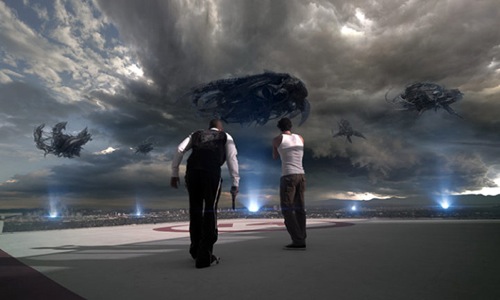
• How much do you care about what happened at Comic-Con? Personally, I’m still trying to keep myself from confusing The Green Hornet with The Green Lantern. It all seems like one, big, infantile, hyperglycemic blur – you know? Here’s what I can tell you: the trend toward alien invasion pics is now officially out of control. Comic-Con saw presentations on Jon Favreau’s Cowboys & Aliens (Harrison Ford showed up to that panel), Battle: Los Angeles, Steven Spielberg’s forthcoming TV series Falling Skies, and the latest example of an FX-laden indie sci-fi invasion project (we’ve been talking a lot about those here lately) called Skyline (see here, here and here), that will be released by Relativity Media in December. Oh, and if that’s not enough for you, word comes today that Bobby Glicker (I loved his Iraq/zombie short Road to Moloch – why did he pull it off Vimeo?) made a spec sci-fi trailer that Michael Bay loved (supposedly it’s a cross between Paranormal Activity and Cloverfield) … and now the project has been greenlit by Paramount as a $12 million sci-fi alien abduction feature. And there isn’t even a script yet! So we’re going to get that project from Paramount next year … along with J.J. Abrams’ alien movie Super 8, and the Paranormal guy’s new movie Area 51, and the alien invasion movie set in Moscow called The Darkest Hour … and why are all these alien invasion projects suddenly being done? Is it that we feel that we’re being invaded? Lucas and Spielberg ignited this trend with Crystal Skull, and it still hasn’t let up.
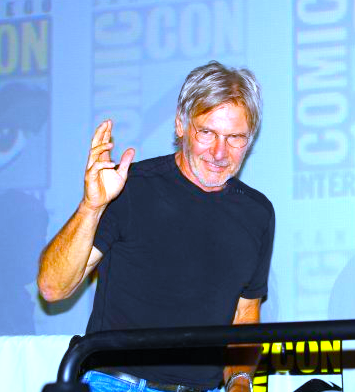
• In related Comic-Con news, Machete has a new Red Band trailer out (very gory, but funny – emphasizing Danny Trejo’s lethal abilities with machetes); a new trailer is out for 300 director Zack Snyder’s Sucker Punch (so-so; too many images, too little narrative); Rihanna will be starring in the new adaptation of the Battleship boardgame; and Die Hard 5 is apparently soon to be greenlit. Hey Bruce – will you be fighting terrorists this time? Or is that beneath you now? I’m hoping the title of the next film is simply Dead.
• Amanda Bynes, age 24, has now officially un-retired from acting. Even better than that, though, is the news that Carla Bruni is back before the cameras in Paris … unfortunately for the benefit of Woody Allen’s new film. Oh, well – you can’t have it all! It’s hard to watch anything Woody does this days without feeling that you need to take a shower afterward.
• Oliver Stone has been behaving badly lately (see here and here) – so badly that I think he’s probably cooked this time. Unfortunately he still has several projects in the pipeline that he’ll be inflicting on us, starting with Wall Street 2. [Sigh.] When will the long, public nightmare of this person’s career end?
• Poor Snooki! Over the weekend the “Jersey Shore” star got semi-blasted by The New York Times, and now even the Governor of New Jersey is condemning her show. [She did, however, get to open the New York Stock Exchange today.] My favorite piece of reportage about this diminutive Italian American firecracker is the great Q&A she did recently with Meghan McCain for The Daily Beast. You’ll learn that Snooki voted for (Meghan’s father) John McCain, for example, “because he was really cute and I liked when he did his speeches.” Here’s my other favorite exchange from that article:
Snooki: Um, I really don’t see the reason why there would be a tax on tanning, because so many people go tanning even though they’re not, like, Guido/Guidettes. People go tanning because they like to feel tan. You feel more sexy when you’re tan and I don’t understand why you would tax on that, because you’re making yourself feel more happy about yourself. So I really don’t understand why that would be, but you know, whatever.
Meghan: Got it.
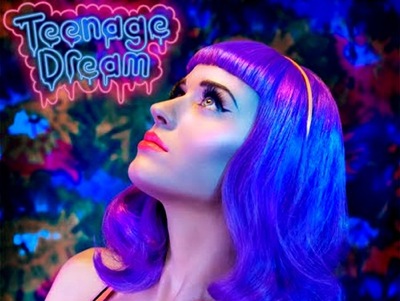
• AND IN TODAY’S MOST IMPORTANT NEWS … I’m getting the distinct impression that Katy Perry is about to take over the entire planet, or something. She seems to be everywhere.
It’s impossible to turn on the radio without hearing her and Snoop do “California Gurls,” which I now learn has 25 million views on YouTube?! Does this mean we have to do a Teenage Dream review? I don’t know who to ask, because I’m in my 30s.
All I can say is, if she can keep Lady Gaga out of the media for the next month, I’m all for it.
Posted on July 27th, 2010 at 10:45pm.






